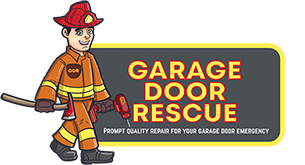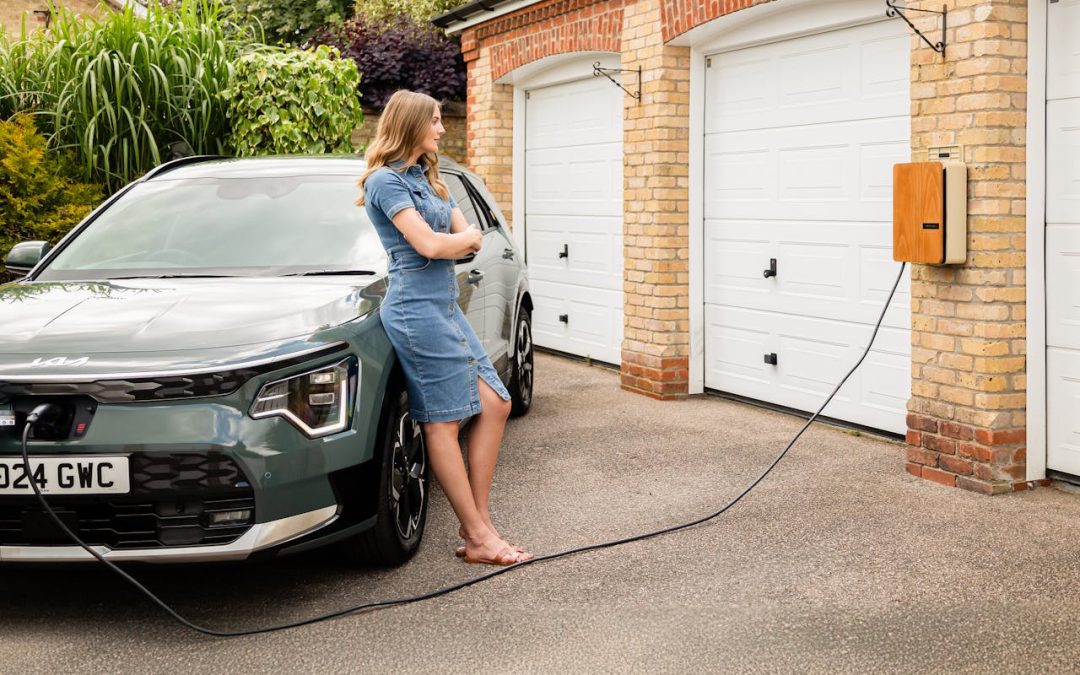A garage door opener that stops working can be a major inconvenience. Whether you’re leaving for work or coming home, a malfunctioning opener can disrupt your entire day. Figuring out why your garage door opener isn’t working is the first step in getting it back in action. Understanding the potential problems and knowing what to do about them can make this task easier.
There are several reasons why your garage door opener might stop working. It could be as simple as a disrupted power supply or as complex as a misaligned sensor. While some issues can be fixed with a quick DIY approach, others may require professional help. Knowing the difference can save you time and frustration.
In this article, we’ll explore common reasons your garage door opener might fail and the immediate steps you can take to address these issues. We’ll also cover DIY troubleshooting tips and when it’s best to call in professionals to ensure your garage door operates smoothly and safely. By the end, you’ll be equipped with the knowledge to handle a non-working garage door opener effectively.
Common Reasons Your Garage Door Opener Stops Working
Power Supply Issues
One of the first things to check when your garage door opener stops working is the power supply. Sometimes, a simple power outage or a tripped circuit breaker can disrupt the functioning of the opener. Ensure that the opener is securely plugged in and check if the electrical outlet is working properly by plugging in another device. Also, look at the circuit breaker panel to see if any switches have been flipped to the “off” position. If other electrical appliances in the garage are functioning correctly but the garage door opener isn’t, the problem might lie within the opener unit itself.
Remote Control Problems
Another common issue involves the remote control that operates the garage door. Over time, the batteries in the remote can wear out and lose their effectiveness. If the remote control isn’t working, try replacing the batteries with new ones. Also, make sure you’re within the operating range, as some remotes have limited distance capabilities. Another possibility is that the remote’s signal might be blocked or interrupted. Check for any obstacles between the remote and the garage door opener unit. Lastly, make sure the remote is properly programmed; sometimes, a simple reprogramming can resolve the issue.
Sensor Misalignment
Garage door openers are equipped with safety sensors located at the bottom of the door tracks. These sensors communicate with each other to ensure nothing is blocking the door’s path. If the sensors become misaligned or dirty, they can prevent the garage door from closing properly. Check the sensors to make sure they are facing each other and that there are no obstructions or dirt blocking the lenses. Cleaning the lenses with a soft cloth can sometimes solve the issue. If the sensors are aligned and clean yet the door still doesn’t function, you may need to adjust the sensor alignment more precisely.
Immediate Steps to Take When Your Opener Fails
Checking the Power Source
The first step when your garage door opener fails is to check the power source. Ensure that the unit is plugged into a working outlet. If it still doesn’t work, test the outlet by plugging in another device to confirm it is supplying power. Next, check your home’s circuit breaker panel to see if the breaker for the garage has been tripped. If it has, reset it and try operating the garage door opener again. Sometimes, simply ensuring a stable power supply can resolve the issue without needing any further troubleshooting.
Inspecting and Replacing Remote Batteries
If the power supply is not the problem, inspect the remote control for potential issues. Start by replacing the batteries with new ones, as weak or dead batteries are a common reason why remotes stop working. Make sure the batteries are inserted correctly and that the battery contacts are clean and free from corrosion. After replacing the batteries, try using the remote to operate the door. If it still doesn’t work, you may need to reprogram the remote according to the manufacturer’s instructions. A frequently overlooked step, checking the remote batteries, can save you a lot of time and frustration.
By following these immediate steps, you can often resolve the most common issues with a non-working garage door opener, getting your door back to reliable operation in no time. If these steps don’t solve the issue, more detailed troubleshooting may be required.
DIY Troubleshooting Tips
Aligning the Safety Sensors
When your garage door opener stops working, one possible issue could be misaligned safety sensors. These sensors are usually located at the bottom of the door tracks and need to be facing each other perfectly to function properly. If they are out of alignment, the garage door might not close. To fix this, first, check that both sensors are clean and free from any debris. Use a soft cloth to wipe them if needed. Then, ensure they are directly facing each other. Most sensors have a small LED light that indicates if they are aligned properly. If the light is off or blinking, adjust the sensors until the light is steady.
Resetting the Garage Door Opener System
Sometimes, resetting your garage door opener can resolve several issues. To do this, locate the reset button on your garage door opener unit. This button is often found near the motor housing. Hold down the reset button for about 10 seconds or until you see the lights on the unit flash, indicating that the system has been reset. After resetting, you’ll need to reprogram your remote and keypad according to the manufacturer’s instructions. This process can help clear any errors in the system and get your garage door opener back to working condition.
When to Call a Professional
Identifying Complex Issues
If you’ve tried all the immediate steps and DIY troubleshooting tips but your garage door opener still doesn’t work, it may be time to call a professional. Some issues can be more complex, such as problems with the wiring, motor, or internal gears of the opener unit. These are not easily fixed without specialized tools and knowledge. Professionals can quickly diagnose and fix these problems, saving you from potential further damage or injury.
Ensuring Safe and Reliable Repairs
Safety is paramount when dealing with garage door openers, especially if you suspect a problem with the springs or cables. These components are under high tension and can be dangerous to handle without proper training. A professional technician has the right expertise and tools to ensure that repairs are done safely and reliably. They can also provide maintenance tips to help you avoid future issues, ensuring your garage door operates smoothly for years to come.
Conclusion
Knowing what to do when your garage door opener stops working can save you time and inconvenience. By understanding common issues, taking immediate steps to troubleshoot, and knowing when to call a professional, you can ensure your garage door stays reliable. Simple checks like inspecting the power supply and replacing remote batteries can resolve most minor issues. DIY troubleshooting tips, such as aligning the sensors or resetting the opener system, offer additional solutions for minor problems.
However, some situations require professional assistance for safe and lasting repairs. Complex issues with wiring, motors, or high-tension components should always be handled by trained technicians. Regular maintenance and timely interventions help avoid future problems, ensuring your garage door remains in excellent condition.
If your garage door opener is giving you trouble, contact Garage Door Rescue today. Our team is ready to provide expert garage door opener repair solutions and ensure your garage door operates smoothly and safely. Call us now to schedule an appointment!

